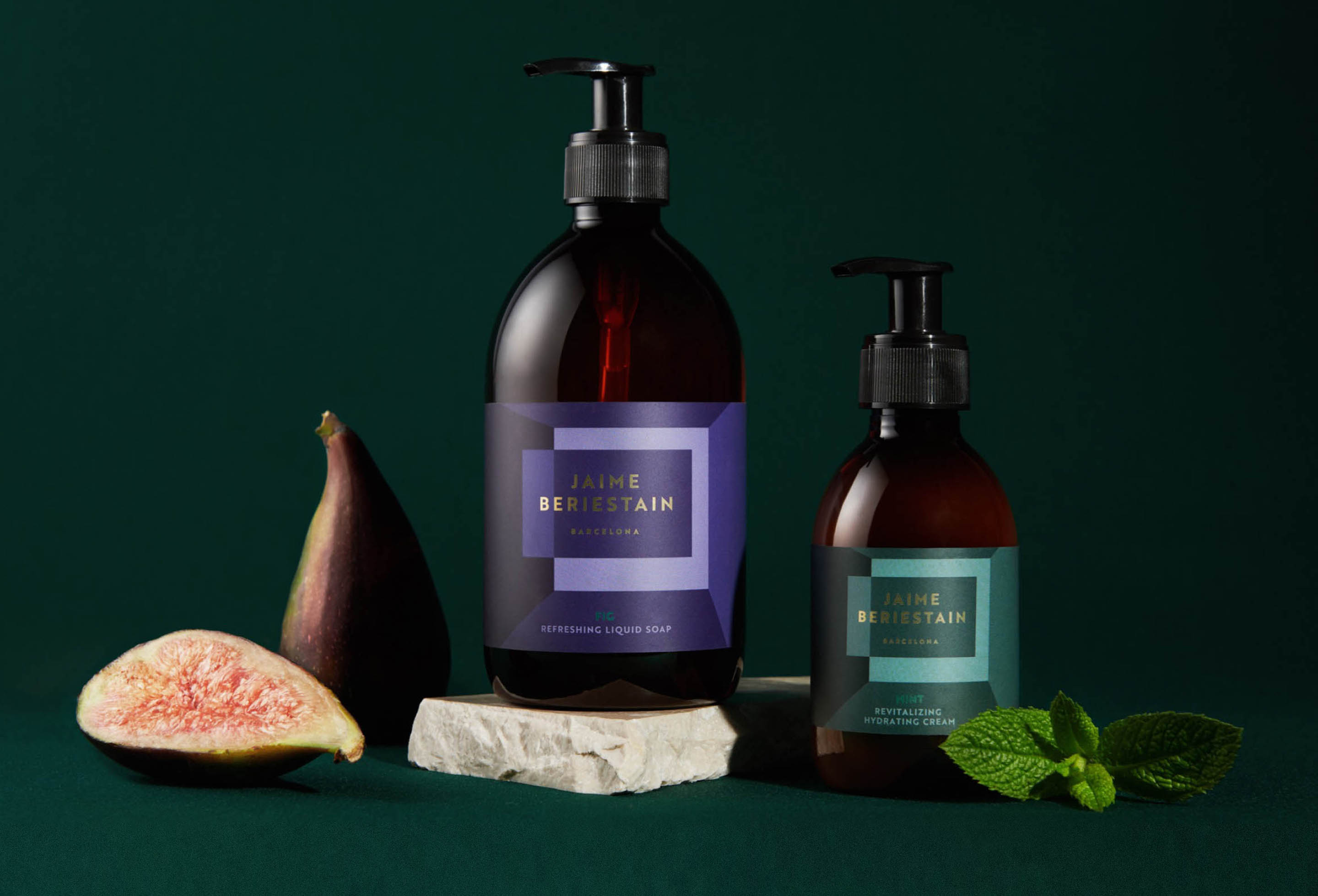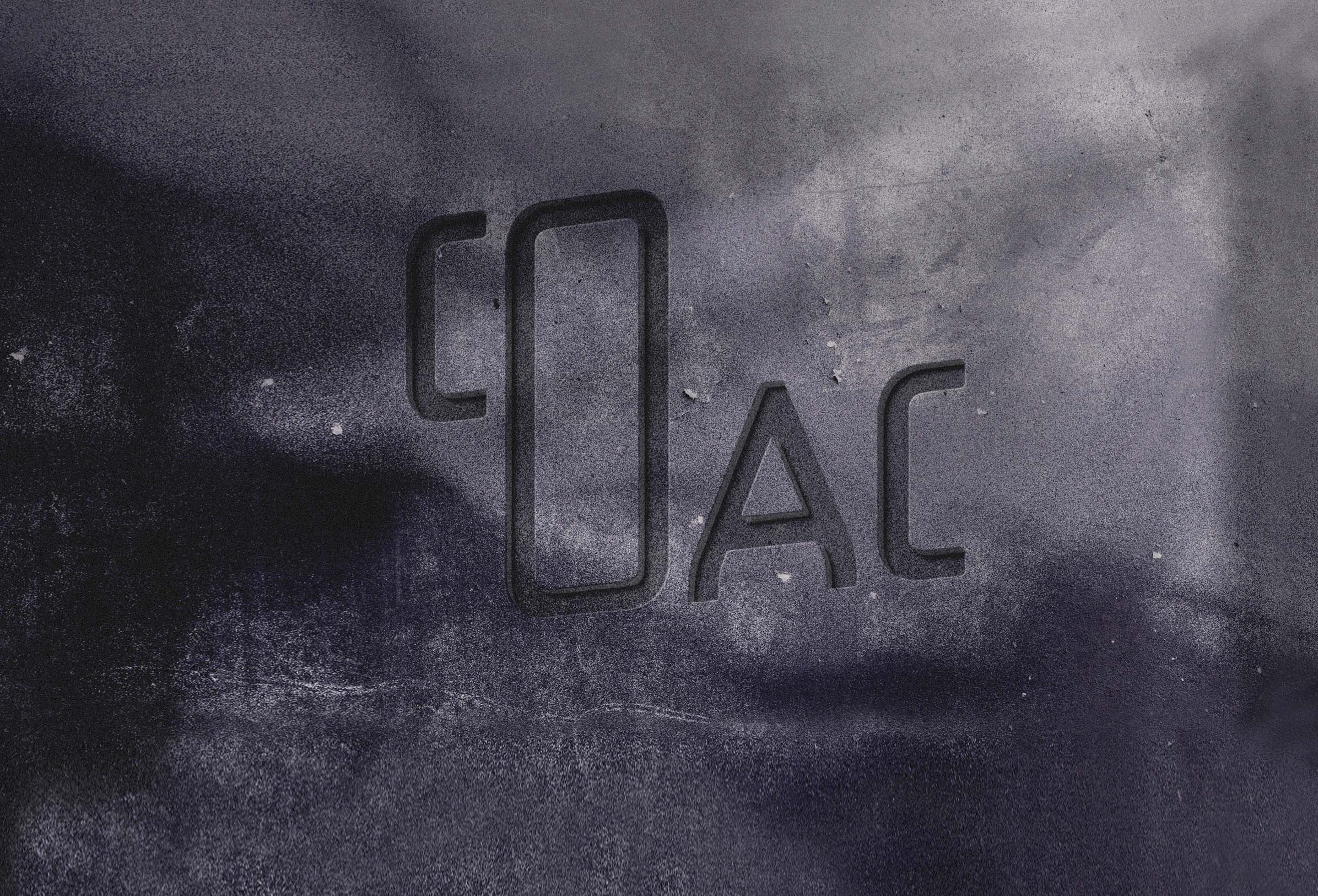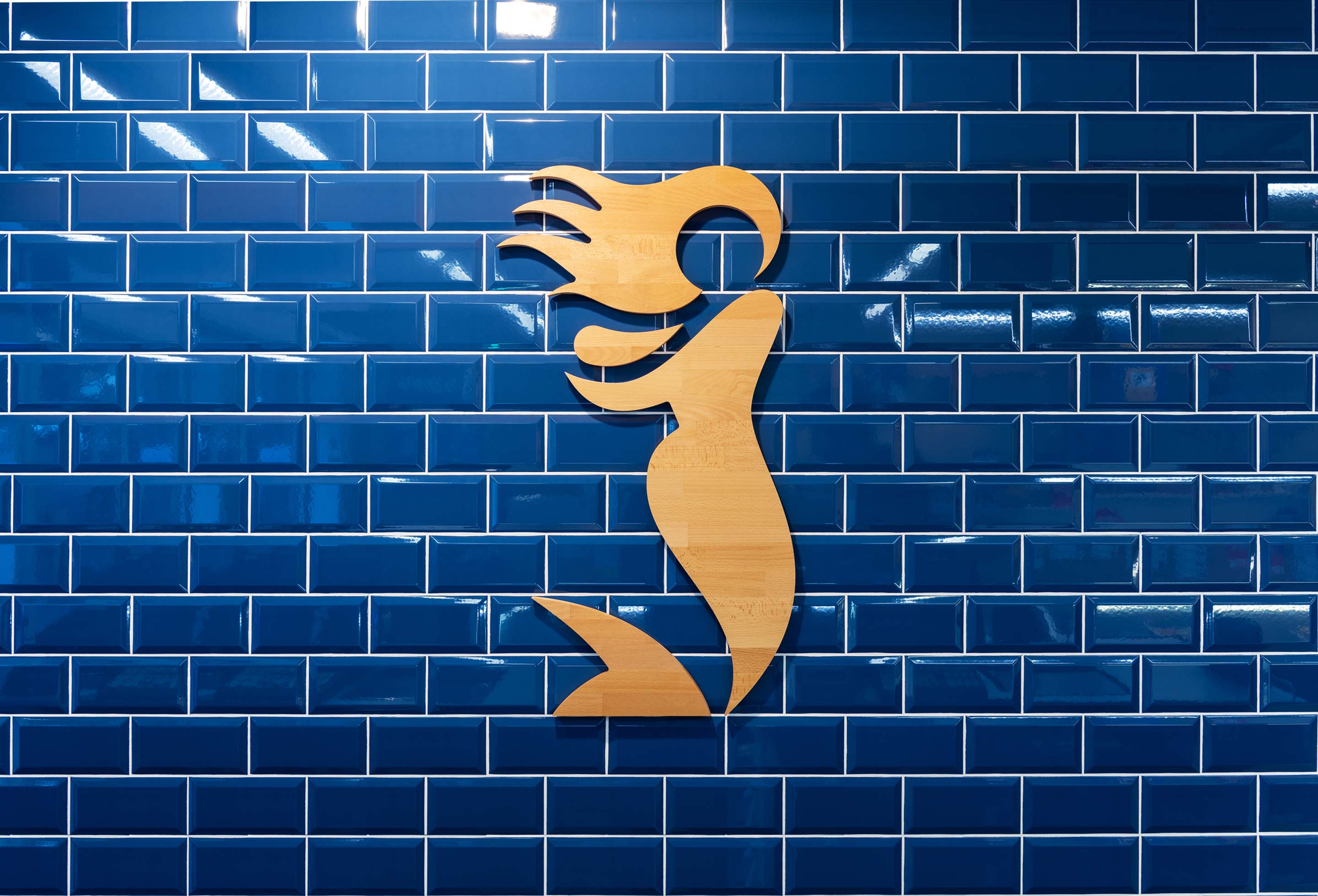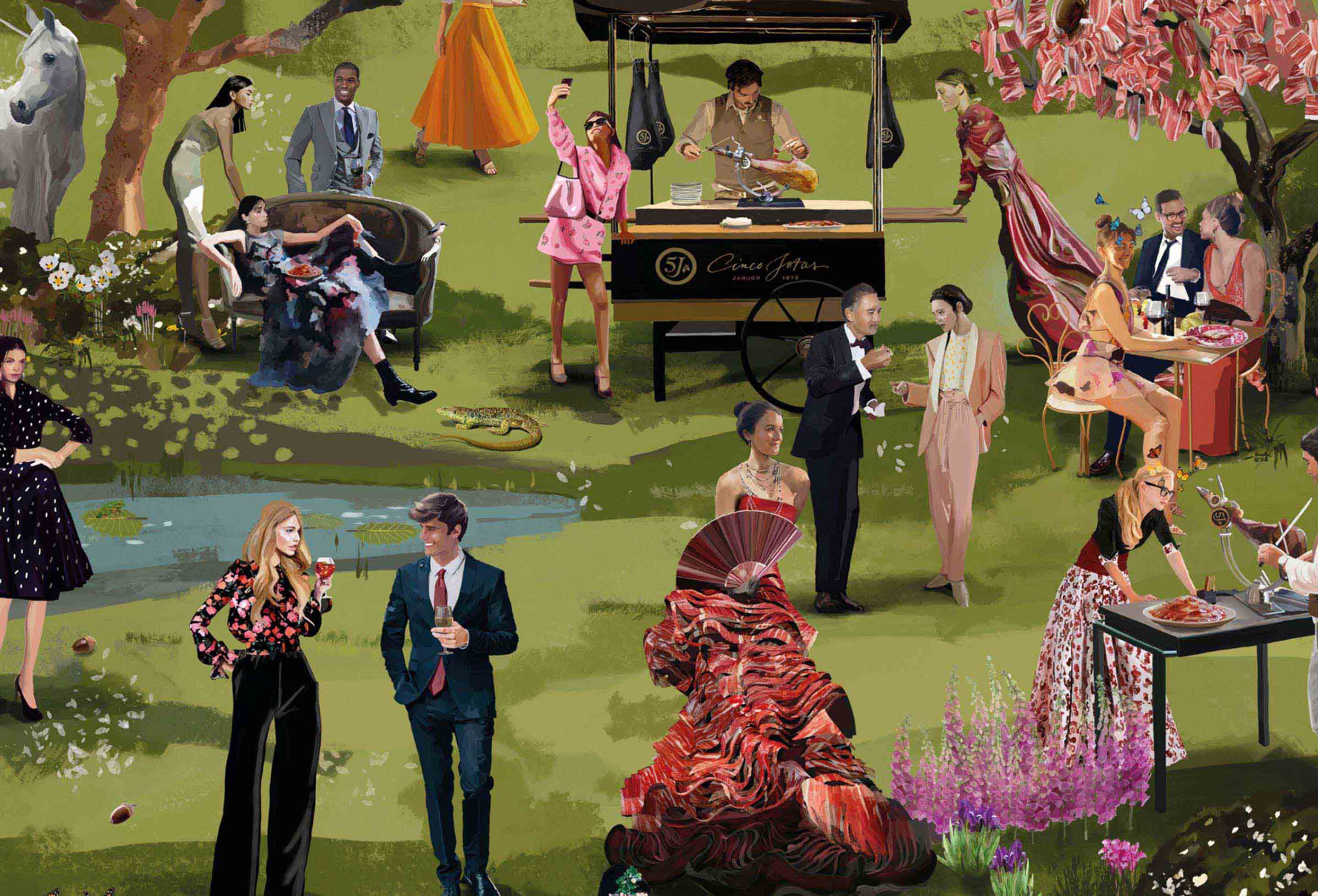Visual identity
Design

The visual identity is the physical manifestation of a brand. It is the visual reflection of its corporate identity and brand strategy; its philosophy, values and personality. It is the visual expression of everything that the brand is and does, including its graphic branding, typography, colours and visual language. We translate the personality and positioning of the brand into differential visual identification elements, defining its language and standardization, and facilitating its subsequent implementation.

Why do we
need one?
Most of the time, the brand’s initial contact with the consumer is made through visual media. There is only one chance to make a first impression and this one really counts, as it ensures that our brand will be identified and remembered. The visual identity encapsulates the tangible characteristics that make us unique and recognizable. The more uniform, memorable, catchy, long-lasting and coherent with the strategy our visual universe is, the closer we will be to creating a relevant brand.
What does it
consist of?
1
Graphic identity
The graphic identity is the visual representation of the brand. It is designed with the purpose of making an image synonymous with the brand’s values and principles. It is usually formed by the union of a symbol and a logo, although these can also function independently. The symbol is a graphic element that does not require reading, and that captures the consumer's attention while representing a concept in a figurative or abstract way, expressing corporate values. The logo is the typographic representation of the verbal brand, and enable the brand to be identified visually and lexically.

2
Typography
Corporate typography is a fundamental element of visual identity. The constant and methodical use of one or more typefaces in all corporate media and messages creates recognition, coherence and personality.

3
Colour palette
Corporate colours play a key role in visual identity, contributing to brand identification and differentiation. They are also a simple and emotive way of communicating values and attributes. The use of a systematic colour palette is key to ensuring the coherence of the visual identity.

4
Graphic complement
With the aim of enriching and complementing the visual identity and recognizing it beyond the graphic representation, graphic resources are created for use in different areas and corporate media. These can be abstract elements that serve for the design of communication architectures and bring homogeneity to the different media, or figurative elements such as an icon system or illustration style.

5
Photography
Photography is a very useful element for communication and helps us to create an empathic and trustworthy connection with the consumer. The use of a particular photographic style is a powerful tool that helps to convey the positioning of our brand and the attributes that define it.

6
Brand guidelines
To ensure that the visual identity is uniform and stands the test of time, it is important that we describe and standardize the common elements that constitute it. A brand guideline is a key piece that includes all the tangible and intangible elements used in the creation of the brand: brand strategy, visual universe, stationery, forms, advertising, publications, presentations, signage, packaging, retail, sales point, clothing, vehicles, digital formats, merchandising...

FAQS
-
Are Brand Guidelines necessary?
The corporate identity manual or brand guidelines are necessary to ensure that all the elements to be designed are produced correctly, in a coherent and uniform manner.
Brand Guidelines or a Corporate Identity Manual are essential to facilitate the development of the visual identity. They serve as a guide for the creation of any item and guarantee the coherent and uniform expression of the brand. They also serve to explain the corporate identity and contribute to transmitting the brand image.
-
What is the difference between symbol, logo and isotype?
There is no difference, they all mean the same thing. They are words that describe the graphic symbol that accompanies the logo and iconically represents its objectives or values. It can also function autonomously, without being associated to a logotype.
-
What are brand identity and brand image?
The brand identity or corporate identity is the strategic content of the brand. It is what defines what it is and what it does, what differentiates it from its competitors, its values and its personality. The brand image or corporate image is the perception that the public has of the brand, regardless of the identity that the brand wishes to transmit. It should not be confused with the visual identity, which is the physical representation of the corporate identity.
-
What is an isologotype or isologotype?
These terms are typically used when the logotype (typographic resolution of the verbal brand) and the isotype (symbol) are combined in an indivisible graphic unit. They have the same meaning and there is no terminological uniformity in this respect. We prefer to talk about graphic branding to unify and associate both the separate and the integrated forms of logos with symbols.
-
Is a custom-made typeface necessary?
We can use existing typefaces that fit with the attributes of our brand, but if we really want to add value, we can make a custom-made typeface that is unique and enhances the personality of the brand while saving on licensing costs in the long term.
-
What does a good logo or graphic idenity look like?
A good brand must be easy to identify, assimilate and remember, it must attract attention and be able to distinguish itself. It must have strong readability and reproducibility and be able to form part of a more complex visual system that is adaptable to different audiences and diverse messages.
Let's talk
Together,we cancreatesomethingextraordinary
We will collaborate to find the right answer and bring progress to your business and to the world.






































